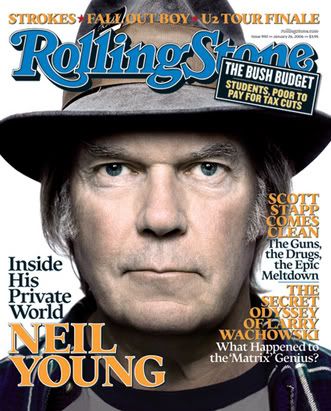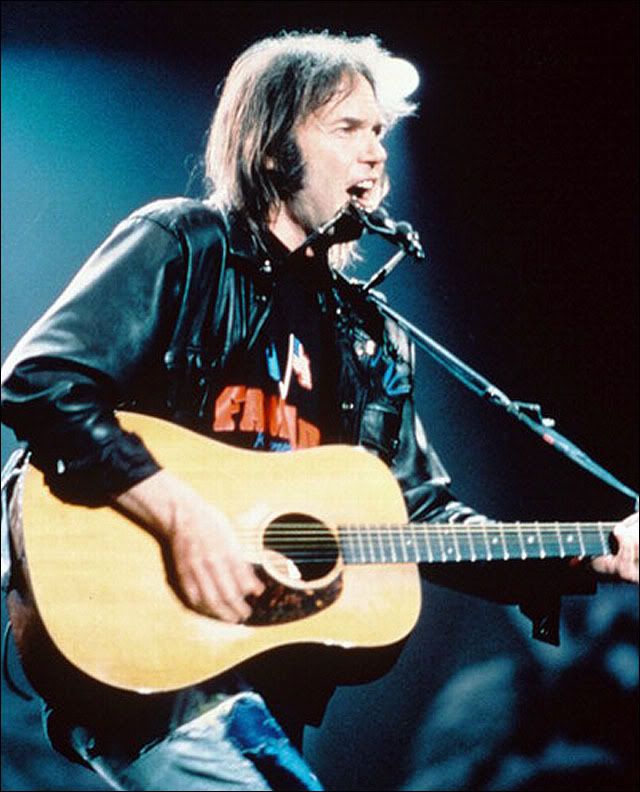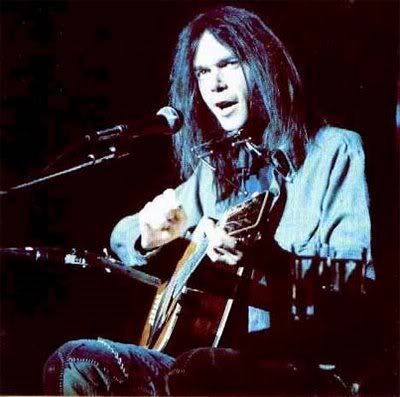Ghost of a Rose, by Blackmore’s Night, is a song full of imagery. The song is about a girl who finds her true love and then eventually has to part with him.
“The valley green is so serene, in the middle of a stream so blue.” This line from the first verse paints the image of a beautiful place in your mind. “A maiden fair in despair once had met her true love” The image here is of a beautiful woman falling in love.
“Promise me when you see a white rose you’ll think of me. I love you so, never let go. I will be your ghost of a rose.” Traditionally, a white rose can have two meanings, first, innocence; second, they have white roses at funerals as a symbol of the loved one passed on, because it means memory. Here, it stands for memory. When they must part, she wants him to remember her every time he sees one.
“Her eyes believed in mysteries. She would lay amongst the leaves of amber. Her spirit wild, heart of a child; but gentle still quiet and mild and he loved her.” Here we find the meaning of the white rose to be innocence. We get the image of a young woman who is still innocent, like a child.
“When all was done, she turned to run; dancing to the setting sun as he watched her.” We get the image of her having to part with him, but still joyously dancing to the setting sun. “And evermore he saw a glimpse of her among the moors forever.” Even when she was gone, he’d always see her in his memories. “He’d hear her say, ‘Promise me, when you see, a white rose you’ll think of me. I love you so, never let go, I will be, your ghost of a rose.” Always, her voice played in his mind, wishing him to never forget her.
In summary, Blackmore’s Night uses imagery to enhance their song Ghost of Rose. This song also depicts the theme of joy and loss within its lyrics. Thus showing how the creation of this song was to make the audience see the images in their minds and understand the theme of the song clearly.
The valley green was so serene
In the middle ran a stream so blue...
A maiden fair, in despair, once had met her true love there and she told him...
She would say...
"Promise me , when you see, a white rose you'll think of me
I love you so,
Never let go,
I will be your ghost of a rose..."
Her eyes believed in mysteries
She would lay amongst the leaves of amber
Her spirit wild, heart of a child, yet gentle still and quiet and mild and he loved her...
When she would say...
"Promise me , when you see, a white rose you'll think of me
I love you so,
Never let go,
I will be your ghost of a rose..."
When all was done, she turned to run
Dancing to the setting sun as he watched her
And ever more he thought he saw
A glimpse of her upon the moors forever
He'd hear her say...
"Promise me , when you see, a white rose you'll think of me
I love you so,
Never let go,
I will be your ghost of a rose..."






